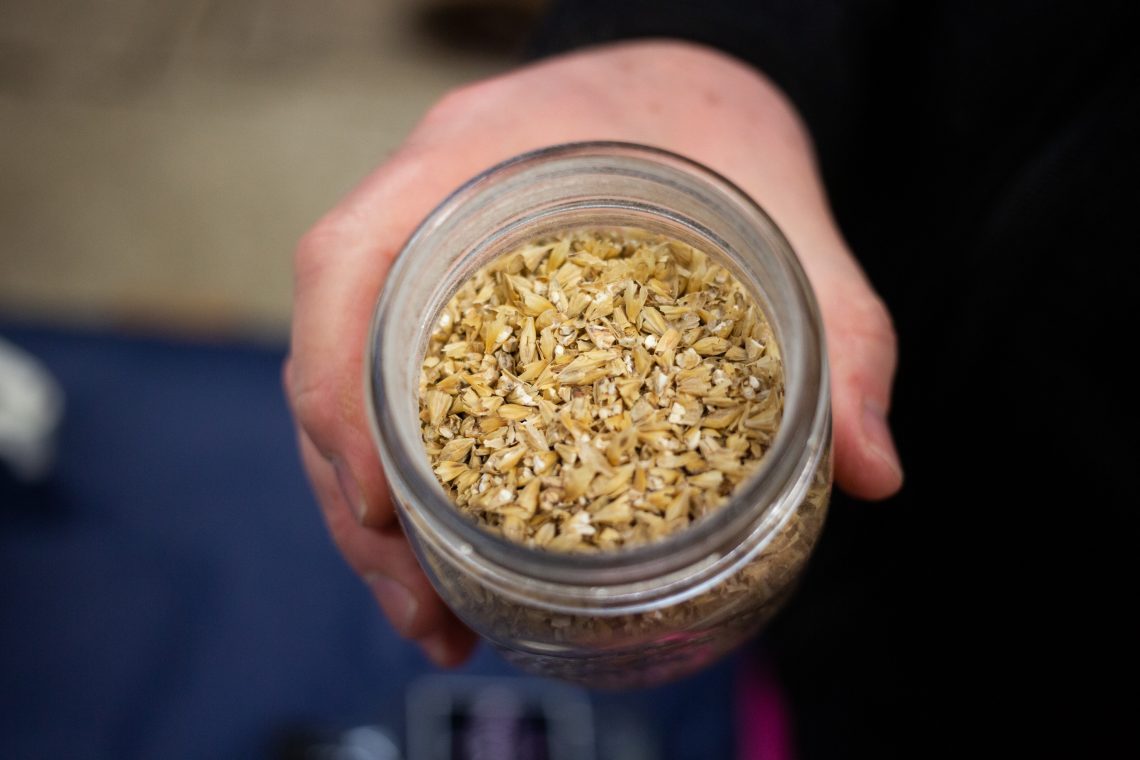
Born to Russian immigrants, Max “Boo Boo” Hoff started his career gambling and boxing before expanding his fortune through bootlegging moonshine in the 1920s, the New York Times reported in 1941.
Known as the “king of Philadelphia bootleggers,” Hoff was just one of many alcohol distributors in Philadelphia during Prohibition, said Annie Anderson, the manager of research and public programming at Eastern State Penitentiary.
Today, moonshine production has changed from how it looked a century ago.
Bootleggers, rumrunners or moonshiners, were people who made, distributed and sold alcohol illegally, smuggling it from places like the Caribbean or making it themselves. During Prohibition, Philadelphia was one hub for illegal distilleries and hidden bars called speakeasies, Anderson said.
Overseas shipments, as well as local operations, small and large, were all easily transportable along the Schuylkill and Delaware rivers. This gave the city easier access to alcohol during a time where it was extremely hard to come by, Anderson said.
“It was very profitable for the bootleggers, who had quite a bit of risk and liability,” she added. “There was a lot of bootlegging violence in Philadelphia in the 1920s, but that was a risk that many bootleggers took on.”
Historically, the term moonshine was used to refer to low-quality, illegally brewed spirits, CNN reported. The term now refers to clear, unaged whiskey.
To make it a century ago, cornmeal was soaked in hot water, yeast and sugar were added. Then, the mixture was fermented and distilled, according to the Mob Museum, a Prohibition and 19th-century museum in downtown Las Vegas.
Now, commercial moonshine is supervised by the United States Bureau of Alcohol, Tobacco, Firearms and Explosives and the U.S. Food and Drug Administration, according to a 1981 report by National Academies Press.
Walter Palmer, a 1984 photography alumnus and owner of W.P. Palmer Distilling Co. on Shurs Lane near Penchin in Manayunk, uses a more traditional way of making moonshine as opposed to the fermentation, distillation and post-distillation method used now with machines.
Palmer ferments corn and barley, adding yeast to the mixture and distilling it twice, similar to the 18th-century method of production, he said.
“We’re using just the basic elements of fire and water and air,” Palmer added.

Other bars throughout Philadelphia, like JJ Bootleggers on 2nd and Chestnut Streets and Moonshine Philly on Sigel Street near Moyamensing in South Philadelphia, specialize in the spirit, according to their websites.
Moonshine Philly gained a lot of accidental popularity for their moonshine, said Richard Fattori, co-owner of Moonshine Philly along with Sam Arbitman.
“We were focused on the restaurant at first, but obviously as the name suggests, people came in and said, ‘What kind of moonshine do you carry?’” Fattori added. “So, we try to be as extensive as we can and carry different brands of moonshine.”
The restaurant uses Ole Smoky Moonshine for the base of their drinks and experiments with different flavors like blackberry, orange, coffee and jalapeño. Their most popular drink is their sangria moonshine, Fattori said.
Moonshine’s traditional taste is a distinctive flavor that most customers gravitate to, Palmer said.
“It’s a more traditional flavor, it’s not, kind of, we’re not using kind of trickery and technology to make something, we’re actually letting nature do its job,” he added.


Be the first to comment